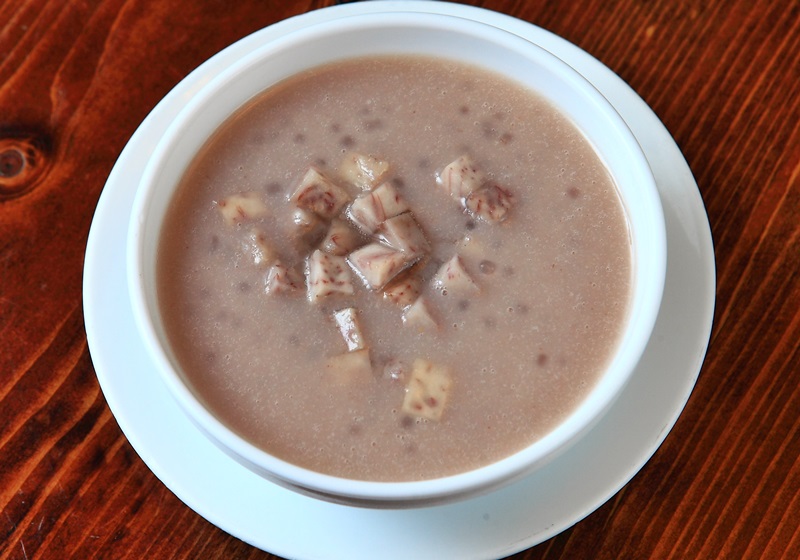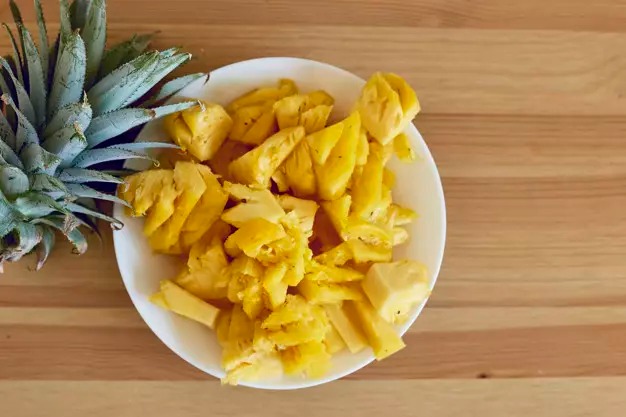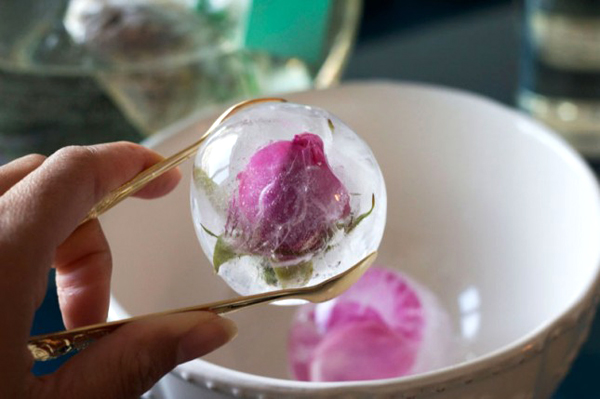Summer drinks pursue the taste, pearls, powder balls and taro balls are common ingredients for ice drinks, and these days, there are new drinks in the hand-cranked tea shop. If you look closely, it is actually sago drink! The sago rice in this sago dew has smaller particles than pearls and powder balls, and has a transparent color. It has a slight Q-softness in the inhalation mouth and a rich taste in the mouth. This small transparent sago rice is another Where did it come from and how was it made? When cooking sago, the sago is often overcooked by accident, and it turns out that it can’t be cooked all at once!
What is sago? The raw material comes from the trunk?
Sago dew is the name of dessert, and the powder-like ingredients are called sago rice. Sago rice is a starch product. The most traditional sago rice ingredient is made from starch obtained from the trunk of the sago palm tree in the palm family. Yes , sago is native to the Malay Peninsula, Java, Sumatra and Indonesia. The starch raw material of sago is a staple food for Pacific island residents. To make sago rice traditionally, the locals will remove the trunk of the sago coconut tree, grind the wood in the middle, wash with water, filter out the wood fines and fibers, and obtain the starch inside, add water to the powder to prepare Rolling and then sieving and other methods are made into granules and become sago.
Because of the difficulty in obtaining and producing raw materials, and considering the convenience of processing starch products, many sago products on the market are mostly made of tapioca starch and other starches instead of starch, and few directly obtain the raw materials of palm tree trunks. When using tapioca starch, add water to the starch and roll it with a fast-turning machine, so that the dough is rolled into small round particles. In fact, sago has a variety of sago dishes in Asia such as Taiwan, Hong Kong, China, Vietnam, Thailand and Malaysia.
Hong Kong, Thailand, Vietnam, Southeast Asia, how to eat sago?
The most classic Hong Kong-style dessert, mango, coconut milk, pomelo pulp, rock sugar, etc., the Yangzhi nectar is immersed in the sweetness of mango and the juiciness and a little sourness of pomelo, and the taste of sago particles. This dish has a classic style. The famous dessert has captured the stomachs of many people. In Thailand, Singapore, Malaysia and other places, after a spicy and sour diet, South Sea fruits such as rambutan, jackfruit, lychee, etc., together with coconut milk, sago, crushed ice, etc., form ice desserts – momo dregs, also It’s a sweet indulgence that relieves the irritation of the taste buds.
In Vietnam, tropical plantains are used with coconut milk and sago made with coconut milk and sago, and topped with sesame seeds or crushed peanuts to enhance the aroma. Taiwan must be the most appetizing taro coconut milk sago made with taro, coconut milk, and milk! Wait a minute before researching local flavors! It is more important to cook the sago particles with the right Q elasticity first!
4 steps to cook sago:
1. Boil the sago in the pot after the hot water boils. When boiling, keep stirring the sago in the pot to prevent sticking to the pot.
2. Cook for about 10 minutes, cook until the sago is translucent, turn off the stove.
3. Slightly stuffy in the water for about 10 minutes , depending on the situation to increase or decrease the time to wait for the center of the sago to be fully cooked. After taking it out, quickly put it in cold boiling water and take it out to help build Q degree and elasticity.
4. Finally, add it to the sweet soup that has been boiled to complete it.
It is recommended to consume the cooked sago on the same day, because the starch of sago will continue to absorb water, making it sticky and volume swelled. After a long time, the starch will begin to age and lose its Q degree. Since sago is a starch product, the portion should be well controlled so that it will not be overcooked, and one bowl after another will eat too much starch calories.
If you want to try the recently popular taro sago drink, then change the way of eating it with a spoon, use a glass to drink it, and drink it through a straw. Add the prepared sugar water and mix well to make the mashed taro more moist and sweet. In addition, cook the sago, stack the mashed taro, coconut milk, milk, and sago in a layered manner, and then stir and combine with a straw. You can also use the sucking method. Enjoy the delicious sago drink!




